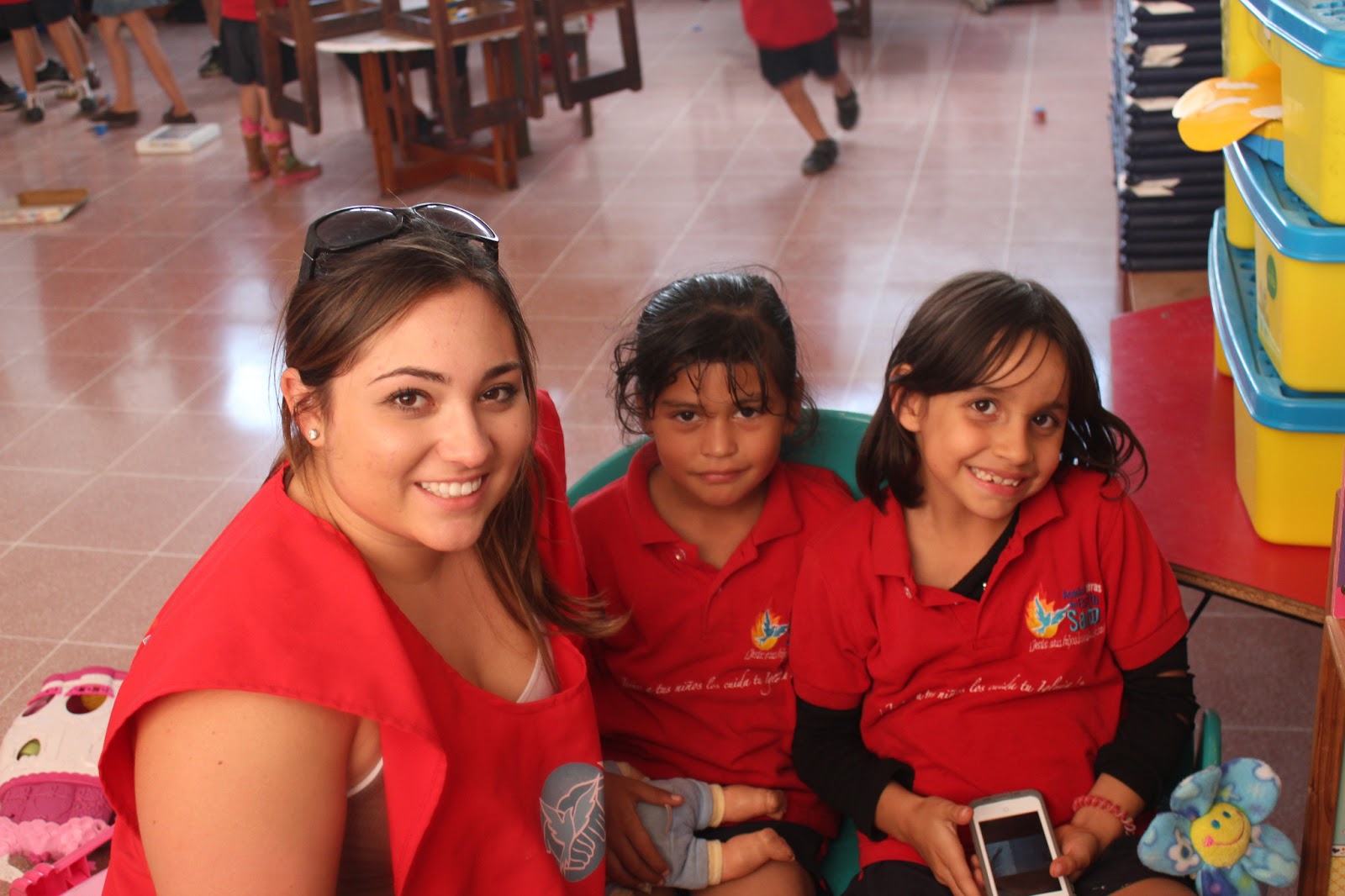The activities for today included a visit to one of the most
important cooperatives in the county followed by a trip to a macaw rescue
rehabilitation center. We were scheduled to leave the hotel at 9:15 am so we could
meet with the person in charge of the tour of Dos Pinos Milk Cooperative, which
means “two pines trees” in Spanish. The tour began with a brief introduction of
Dos Pinos which was founded in 1947. The company’s main business was producing
concentrated animal food and after 4 years of business they started producing dairy
products. Currently, they sell 341 products including dairy and non-dairy and
is the number 1 brand in Costa Rica and a well-known brand in Central America.
After the introduction we were taken to see their
distribution channels which were divided by the type of product and were placed
into fully capacitated trucks in order to keep the product from going bad. Most
of the trucks have the ability to select the degree of temperature appropriate
for different products.
Dos Pinos’ current general manager is Jorge Paton who has
been in office for 20 years. This is important for the company because allows
them to show continuity in their products and consistent business practices. In
his term, Dos Pinos moved their plant from San Jose to Collos de Alajuela and
allowed them to grow, drastically penetrating international markets. Currently, they employ 3500 employees and all
of them receive benefits such as medical assistance. Also, Dos Pinos gives out
scholarships for workers to enhance their knowledge in their fields.
Dos Pinos, besides being the biggest cooperative in Central
America, is extremely conscious with social and environmental issues. They invested
in a recycling plant of tetra packs which are most of the packages from their
products. With the recycled materials, Dos Pinos hires prisoners to build
school desks, reducing their sentence after every 2 work days, and when
finished, Dos Pinos give them to local schools.
Dos Pinos is conscious with their milk producers. They provide
them advantages that allow them to have a good business. Each day Dos Pinos
collects 1,000,000 liters of milk and it takes them 36 hours to start selling
the milk in stores. Our tour included a visit inside the facilities of the company;
we were able to see the pasteurization process as well as the packaging process
of all their products. After all the
incredible explanation of Dos Pinos, the moment that everybody was waiting
finally came; they gave us ice cream.
For the evening tour, we visited a macaw rehabilitation center.
We were pleased to be greeted by a herd of
dogs as opposed to macaws- that was a shocker. However, guided by the dogs, we
were taken to the cages where the beautiful macaws lived. The ARA project is a
non-profit organization that is fully devoted to helping mistreated macaws.
Jenny, who is the person in charge, gave us a detailed explanation of her
duties. She really showed us how passionate
she is with macaws by responding to all of our questions without hesitating. At some point, the macaws started pleading for
food creating such a loud environment that Jenny told us to move so we can hear
her (and of course the 18 dogs followed us). Currently, there are 108 macaws in the center,
and Jenny puts 100% of her time to them, without pay, and unfortunately they
have been told to evacuate the premises. SO, in order to help the ARA project,
please find some time to like their Facebook page and help them or log into
www.thearaproject.org.
Now we are off to our farewell dinner and everybody is
showing a bittersweet expression on everyone’s face. Even though we are all
excited to go back home to our families we are sad to leave this wonderful
place.
Saludos,
Daniel























